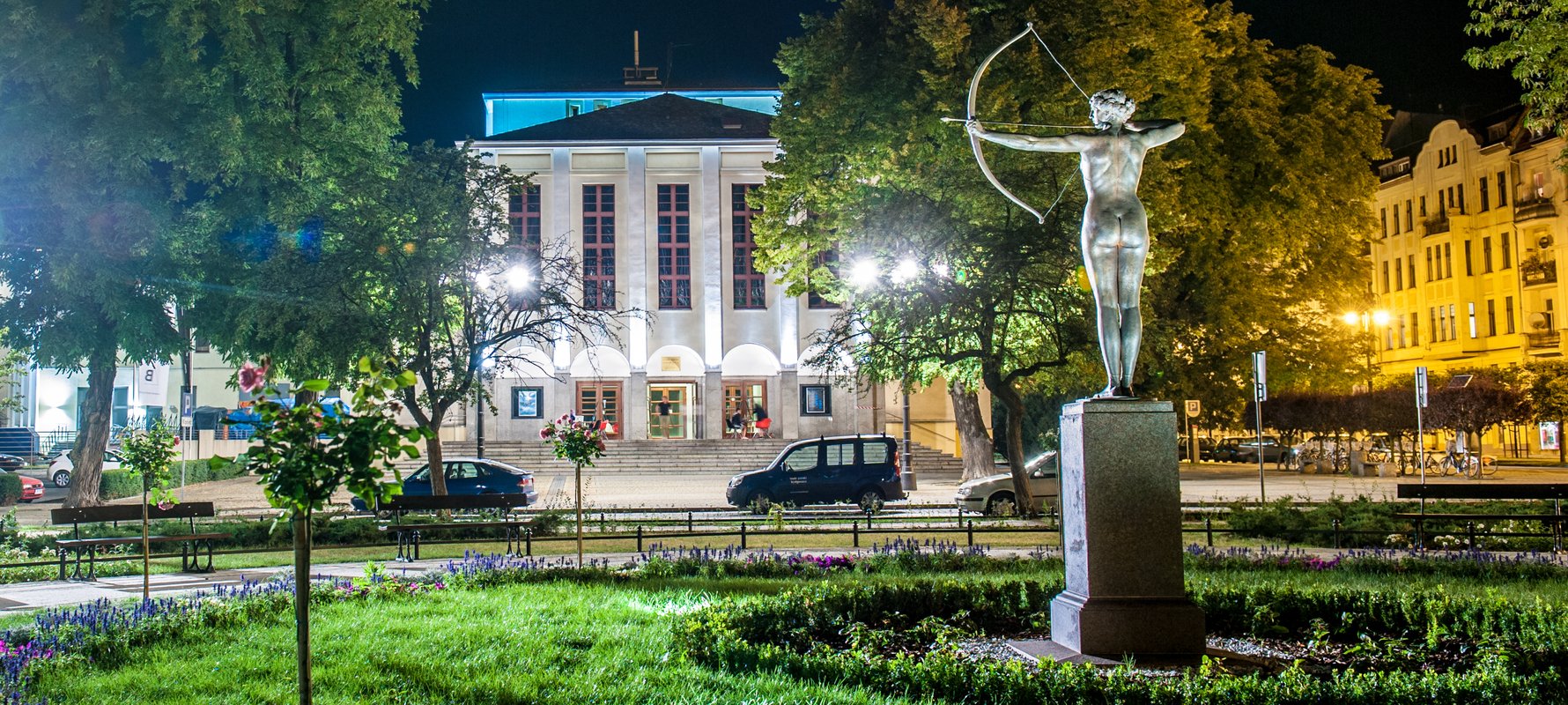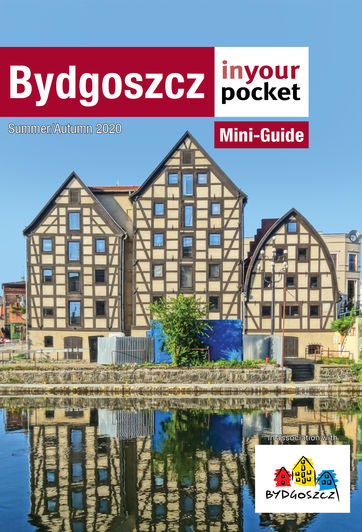
Performances resumed almost immediately following liberation in 1945 and, again, exploded back into action. A production of Zemsta (English: The Revenge) by Polish playwright Aleksander Fredro was hastily-prepared in less than a month and, from March 1945, was showed 44 times to a total audience of 14,000! In Communist-era Poland, the theatrical scene was state-owned and most productions were contemporary dramas with a Soviet agenda. A cash-splash from Moscow in 1948 saw a rebuilding of the Theatre, which now stands today. The architect, Alfons Licznerski, was from nearby Sampława. The street on the northside of Theatre Square was named Adam Mickiewicz Alley in honour of the Polish literary figure. World Theatre Day, a progressive initiative to unite theatre troupes and performances from either side of the iron curtain, was started in 1961 and still continues today.
After free elections in 1989 and the subsequent end of communism in Poland, a fully-independent Polish Theatre continued to flourish. In the 21st century, the board strives to explore and incorporate as much performance and cultural diversity as it can. It now hosts annual events such as the Festival of New Dramaturgies and Festival Prapremier, which draws participants from all over Poland and internationally.



Comments